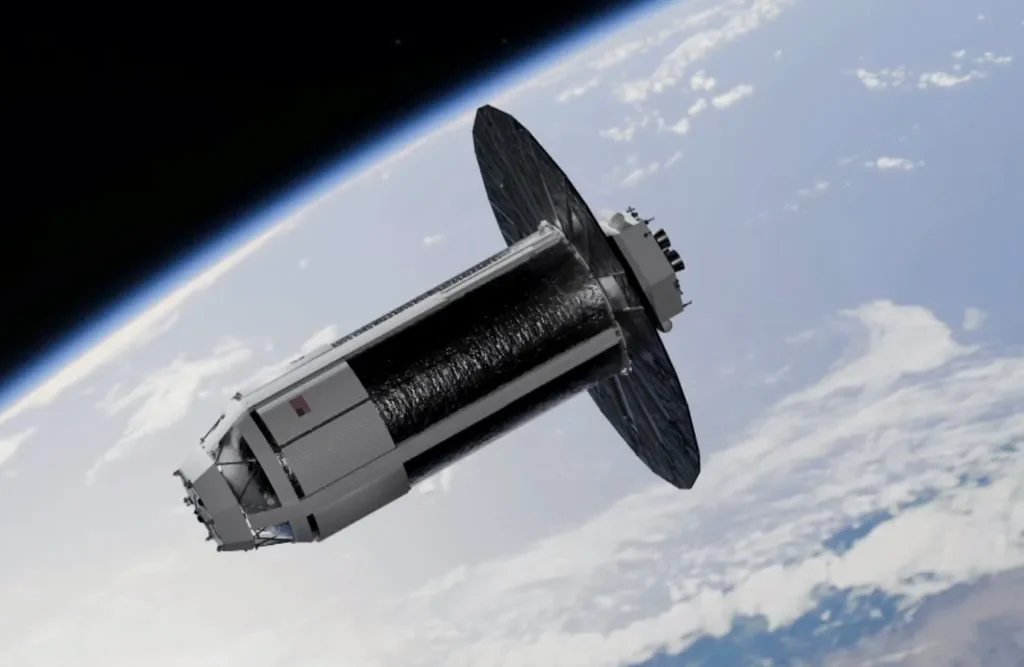Blue Origin has released new details about its plans for a propellant transporter that will support its lunar landing missions under NASA's Artemis program, as the company moves closer to launching its first robotic lander to the Moon.
At the Lunar Surface Innovation Consortium meeting on May 19, John Couluris, senior vice president of lunar permanence at Blue Origin, presented updated designs of a transporter vehicle that will refuel the company's Blue Moon Mark 2 lander in lunar orbit. The transporter is intended to aggregate liquid hydrogen and oxygen in Earth orbit, then deliver the cryogenic propellants to a near-rectilinear halo orbit around the Moon to support landing operations.
“This vehicle has evolved significantly since we first won,” Couluris said, referring to the $3.4 billion Human Landing System (HLS) award Blue Origin secured from NASA in 2023.
The transporter will be launched aboard Blue Origin's New Glenn rocket and refueled in orbit using propellant from the upper stage. It uses seven-meter-diameter tanks — the same as the upper stage — to streamline production. A key technical challenge is maintaining cryogenic propellants at ultra-cold temperatures in space, a capability the company says it is progressing on.
“You always hear, ‘wow, that's hard to do,' and it is hard to do,” said Couluris. “By June, we will be showing that we are consistently holding hydrogen and oxygen as storable propellants.”
The vehicle is expected to deliver up to 100 metric tons to lunar orbit. Couluris added it could support missions beyond the Moon, including transporting 30 metric tons to Martian orbit and enabling exploration of the asteroid belt with minor modifications.
Meanwhile, Blue Origin is preparing to launch the Blue Moon Mark 1, a smaller, robotic lander capable of delivering up to three metric tons to the lunar surface. The lander is set to carry a NASA camera payload to the Moon's south pole later this year under the Commercial Lunar Payload Services (CLPS) program.
“This will land this year on the south pole of the moon,” Couluris said, adding that the lander is being assembled in Florida and will be shipped out in about six weeks. A launch is expected shortly after final testing at NASA's Johnson Space Center.
Blue Origin is also assembling a second Mark 1 vehicle to ensure mission continuity. “We're building intentionally now to get hardware-rich,” Couluris said. “If the first mission is not successful, we'll learn from it.”
Jacki Cortese, senior director of civil space at Blue Origin, said both a crewed and uncrewed landing using the Blue Moon Mark 2 are expected before the end of the decade. The company aims to establish a production line for its landers but has not disclosed a specific manufacturing rate.
“It was really important for us to procure all hardware for two Mark 1 missions years ago,” Cortese said, citing ongoing supply chain uncertainties.
Blue Origin is one of several private companies working with NASA to deliver critical infrastructure for lunar exploration, as part of efforts to establish a sustained human presence on the Moon.
